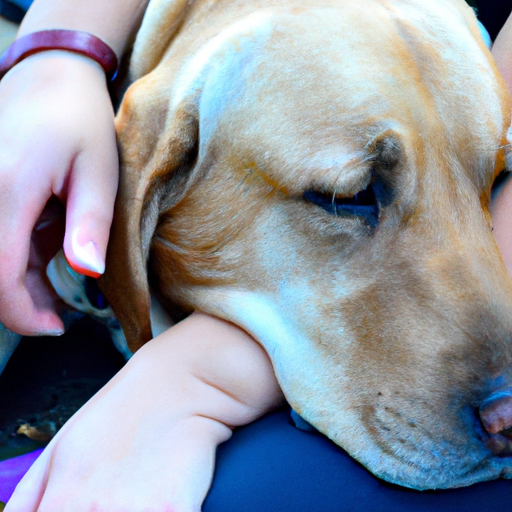Pets, particularly dogs, are known for their extraordinary intuition and emotional intelligence. They often mirror our emotions and react to our moods. So, what do dogs do when you are sad? Let’s dive deep into this topic, exploring the intriguing world of canine empathy.
1. Your Dog’s Emotional Intelligence
Dogs are emotionally intelligent creatures. They have a unique ability to pick up on human emotions, such as sadness or distress.
Research indicates that dogs can read human facial expressions, gestures, and even tone of voice. When you are sad, your dog will likely recognize it through your body language and behavior changes.
This emotional intelligence can be attributed to the domestication process and the close interactions dogs have had with humans over thousands of years.
2. How Dogs Respond to Human Sadness
When you’re feeling down, your dog may exhibit behaviors that seem to be a direct response to your emotional state:
- Increased affection: They may cuddle up to you more than usual, lick your face, or nudge you with their nose to provide comfort.
- Alertness: They may become more protective, staying closer to you, and acting more cautious around strangers.
- Playfulness: They may bring you their favorite toy, attempting to cheer you up with a game of fetch or tug-of-war.
The table below outlines some common behaviors dogs may display when their human is feeling sad:
| Behavior | Possible Interpretation |
|---|---|
| Increased cuddling | Attempt to provide comfort |
| Excessive licking | Showing care and concern |
| Increased alertness | Protection and vigilance |
| Bringing toys | Attempt to distract and cheer up |
3. The Impact of Your Emotions on Your Dog
While your dog’s emotional intelligence and empathy can be a comfort during tough times, it’s essential to understand that your emotions can impact them as well.
Consistently negative emotions can lead to stress and anxiety in dogs. It’s crucial to manage your emotions around your dog, ensuring their physical and emotional well-being.
4. Helping Your Dog Understand Your Emotions
Clear communication is key to helping your dog understand your emotions. Here are some methods you can use:
- Body language: Dogs are incredibly perceptive to non-verbal cues. Maintain a calm and relaxed demeanor to prevent them from becoming anxious or stressed.
- Consistency: Try to keep routines as consistent as possible. Dogs thrive on routine, and it can provide them with a sense of security during turbulent times.
- Positive reinforcement: Reward your dog for their supportive behavior. This reinforces the positive actions and can help them better react in the future.
5. How Dogs Can Help You Cope With Sadness
Dogs can be a source of great comfort during difficult times. Their companionship alone can help alleviate feelings of loneliness and depression. Here are some ways dogs can help:
- Providing unconditional love and companionship
- Giving a sense of purpose and responsibility
- Offering physical comfort through cuddling or petting
- Encouraging regular exercise and outdoor activities
Frequently Asked Questions (FAQs)
Q: Can dogs really sense human emotions?
A: Yes, dogs have been shown to pick up on human emotions. They can respond to these emotions in various ways, often mirroring or reacting to their owner’s feelings.
Q: Can my emotions impact my dog’s health?
A: Chronic stress or negative emotions can potentially lead to anxiety or stress-related behaviors in dogs. It’s important to manage your emotions around your dog.
Q: How can I help my dog understand my emotions better?
A: Clear communication, consistency, and positive reinforcement can help your dog understand and respond to your emotions in a healthy way.
Q: Can my dog help me when I’m feeling sad?
A: Absolutely. Dogs provide companionship, unconditional love, and physical comfort, which can help alleviate feelings of sadness or loneliness.



